- Home
- Fundamentals
The Fundamentals of Project Management
Published: 2009-03-05
Last updated: 2022-04-01
Here, we introduce the fundamentals of project management. We present definitions of the most important terms and the project life cycle. From this and from observing real project life, we draw some basic consequences that form a general project management principle.
This page marks the first page of your learning path "traditional project management".
What is a project?
Across this website, we use the following definition of the term "project":
A project is an endeavor that is unique in
- Scope: the endeavor will create a precisely specified product consisting of deliverables and services
- Schedule: there are clearly defined beginning and end dates
- Budget: the budget for creating those deliverables and services is limited.
In the sub-section "What Is a Project?", we go a little bit deeper into the details of this definition and give an example.
We call the combination of scope, schedule, and budget the triple constraint of project management because we cannot change one of the three cornerstones without changing the other two.
What is project management?
Definition of project management: Project management is the management of the triple constraint to the satisfaction of the stakeholders of the project. We consider project management being a process that we describe in more detail in PM Process.
Project life cycle
Let's take an example, a typical construction project. We have a customer who wants to create a certain building and a supplier who will construct that building. Now, we can list the natural flow of major project activities as follows, divided into customer activities and supplier activities.
The "project life cycle" describes the flow of activities, for both, the customer and the supplier, including all their interactions. Following the project life cycle, and inserting major "milestones" into the flow, we recognize the project management life cycle with its four major phases:
project definition, project planning, project implementation, and project closure.
We consider projects with such a linear sequence of the four phases "traditional projects". To simplify our terminology for traditional projects, let us agree to call the sequence of the four phases, definition, planning, implementation, and closure the "project management process".
For the most important aspects of other project life cycle views, please refer to sub-sections Project Management Models and Managing IT Projects.
Ideal vs. real
We go through more detailed descriptions of these four phases on separate pages:
- go to PM Process
- go to Project Definition
- go to Project Planning
- go to Project Implementation
- go to Project Closure
In this section, fundamentals of project management, we would like to emphasize some aspects of the project cost. During the first two phases, we create the so-called accumulative project cost plan.
It could look like this:
Under ideal conditions, we would expect the actual accumulated project cost to be virtually the same as planned in the definition and planning phase. We assume that we could implement the project plan without changes or additional work being necessary.
But the reality of project implementation is different. We are not able to plan for every eventuality, sometimes things go wrong we never could think of, let alone plan for. Additionally, our resources for project planning are usually limited, so we more or less consciously remain a little vague with parts of our project plan until signing any contract.
The actual accumulated cost typically looks like the red line:
This uncertainty appears to be the case for all projects. Therefore, we call it the principle of uncertainty in project management.
One of the dire consequences is that red line, showing what we also know from experience:
We tend to spend less in the definition and planning phase but have to pay multiple of those savings in the implementation and closure phase, and thus, exceed the planned schedule and budget, or fall short of the scope or quality of project results.
What are the reasons for this phenomenon?
We know already the overall reason: the principle of uncertainty in project management.
Experience with having managed many projects, from small to medium, to large, show us more tangible reasons in the following areas:
- Poor planning results because those who do the planning (usually the
sales team) are not experienced in managing project implementation and
closure.
- Insufficient handover from the sales team to the implementation team, and
insufficient support by experienced project managers towards the sales
team.
- During the project definition and planning phase, we put more emphasis on
customer relationship management, negotiating, and winning the contract, while cutting short on diligent planning and carefully analyzing the possibilities of future changes during the implementation and closure phase.
- There seems to be a lack of risk management and a lack of contract management in the early project stages.
- Lack of stakeholder management throughout the project life cycle.
- Project goals are not clear and change too often.
- Poor soft skills in project teams.
On this website, I propose kind of a master plan that helps to minimize extra work and additional cost in the implementation and closure phase, and thus, improve your project results.
In the sub-section Project Management Basics, I present pre-requisites for this website.
35+ templates, tools, and checklists in one set
To save you time in your daily work as a project manager, I packaged more than 35 project management templates, tools, and checklists into one zip file.
- You un-zip it, and you get all items in formats you can edit to your requirements.
- They strictly contain only standard functionality and no macros or other code.
- You are allowed to use your logo.
or click here for more info.
Traditional PM
Learning Path Navigation
|
|
|
Return from Fundamentals of Project Management to Home Page
|
|
|
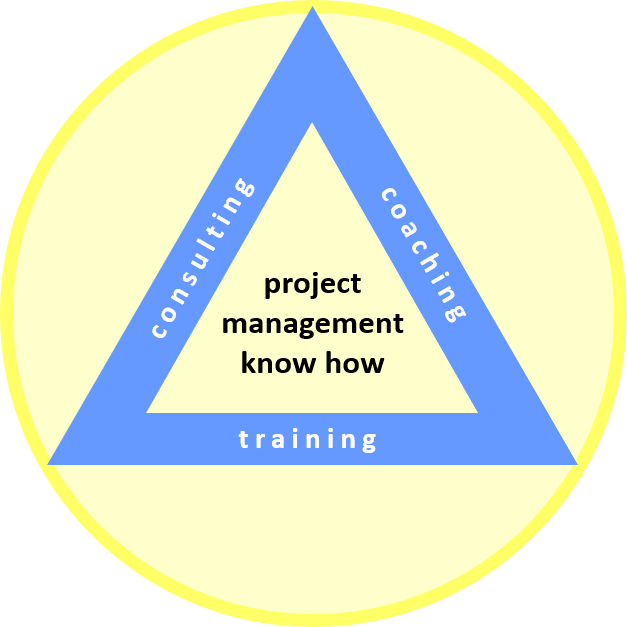
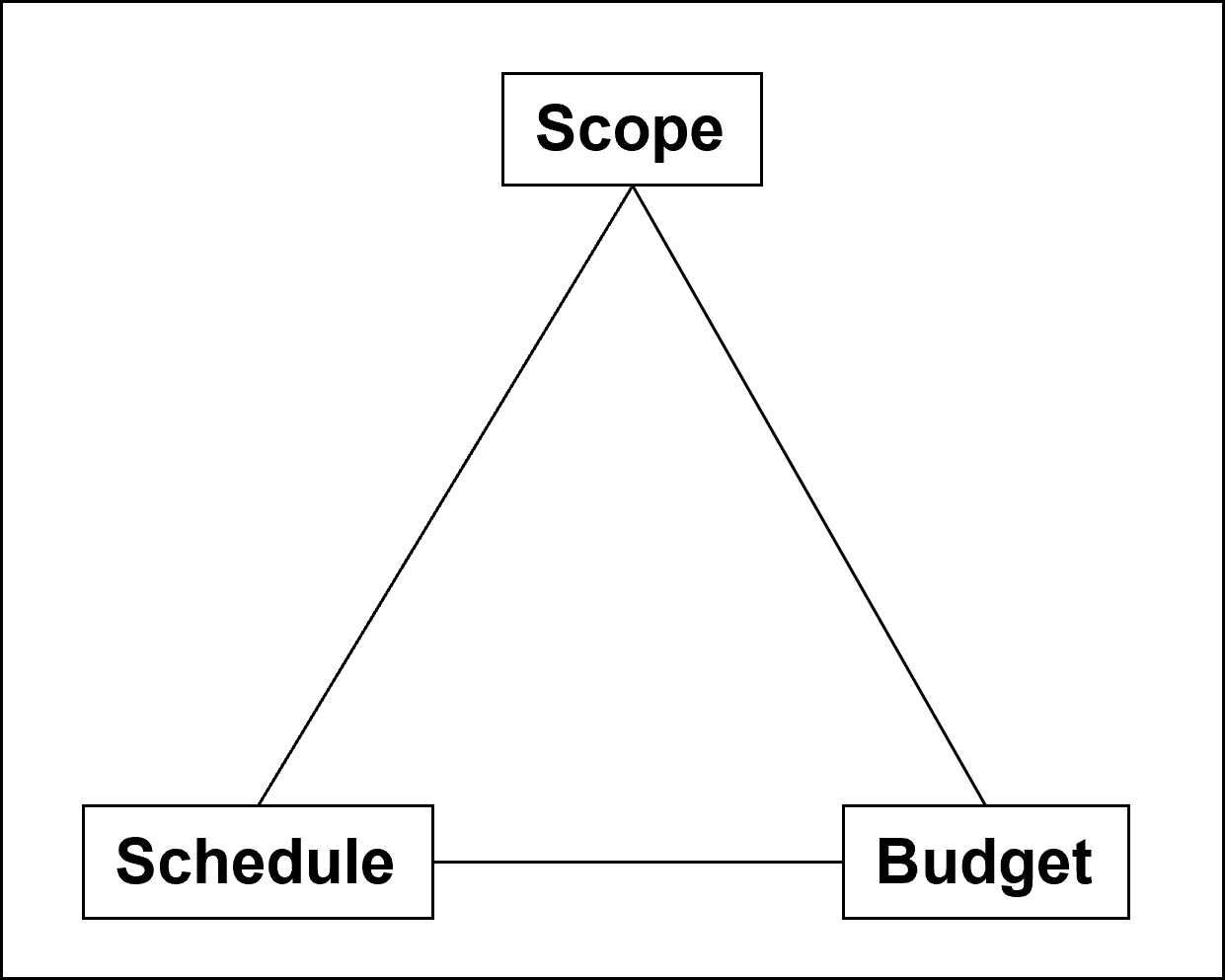
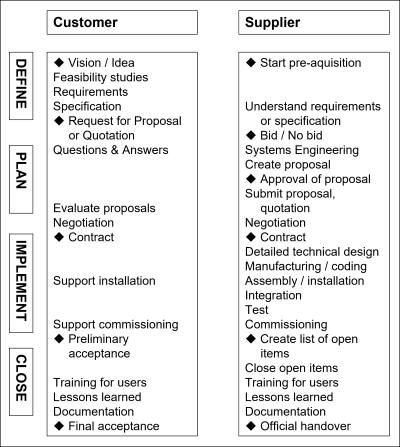

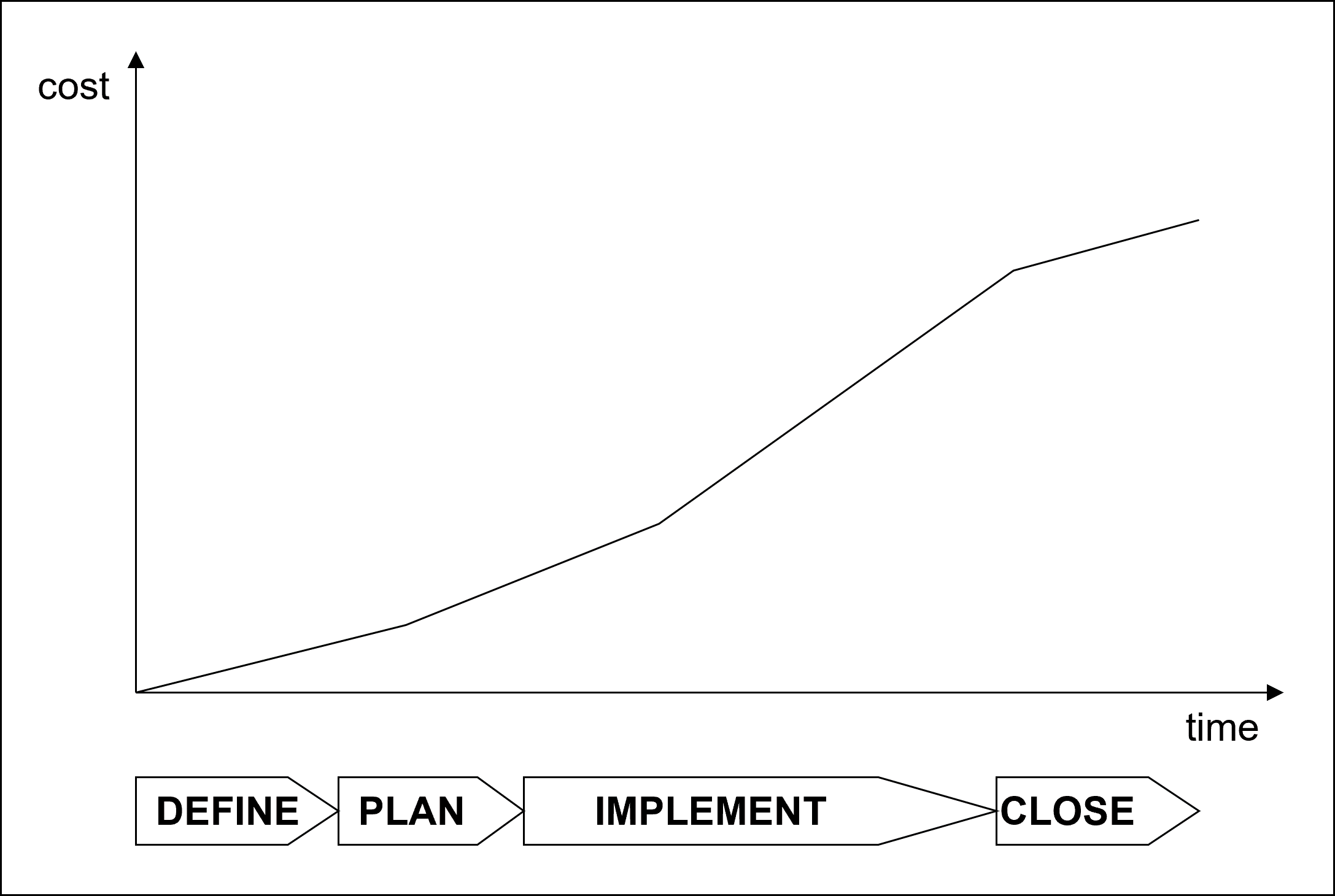
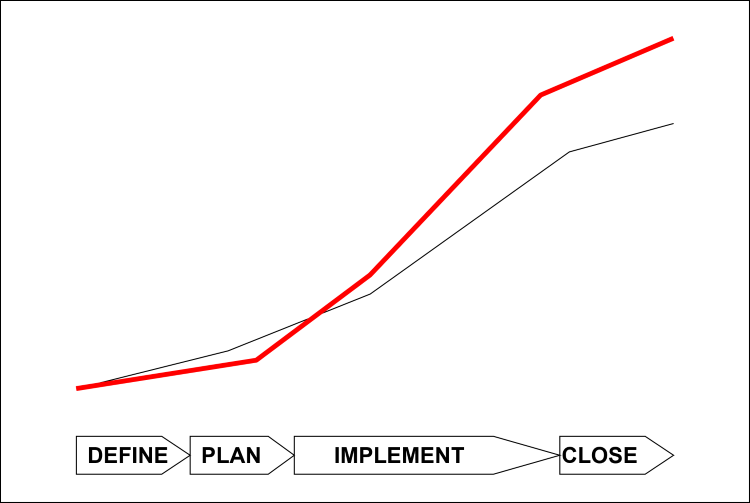

Your Comments
Have your say about what you just read! Leave me a comment in the box below.